Why visit China?
Whether it’s your first visit or the fifteenth, China is so big, so diverse and so fast-changing, it’s always an adventure. China is the world’s oldest continuous civilization bound to pull a relic or two out of it. There isn't history at every turn; three decades of continuous development and socialist town-planning have taken their toll. With fallen-down chunks of the Great Wall, temple-topped mountains, old-fashioned villages, water towns and sublime Buddhist cave statues, China insists on a few requirements: a well-made pair of travelling shoes and a strong stomach for long-distance wayfaring.
Běijīng, Shànghǎi and Hong Kong are portraits of modern Chinese ability and ambition, but it's the big outdoors that should top your list. From the docile mountain lakes of Tibet, the impassive deserts of Inner Mongolia to island-hopping in Hong Kong or cycling, China's landscapes are enticing.
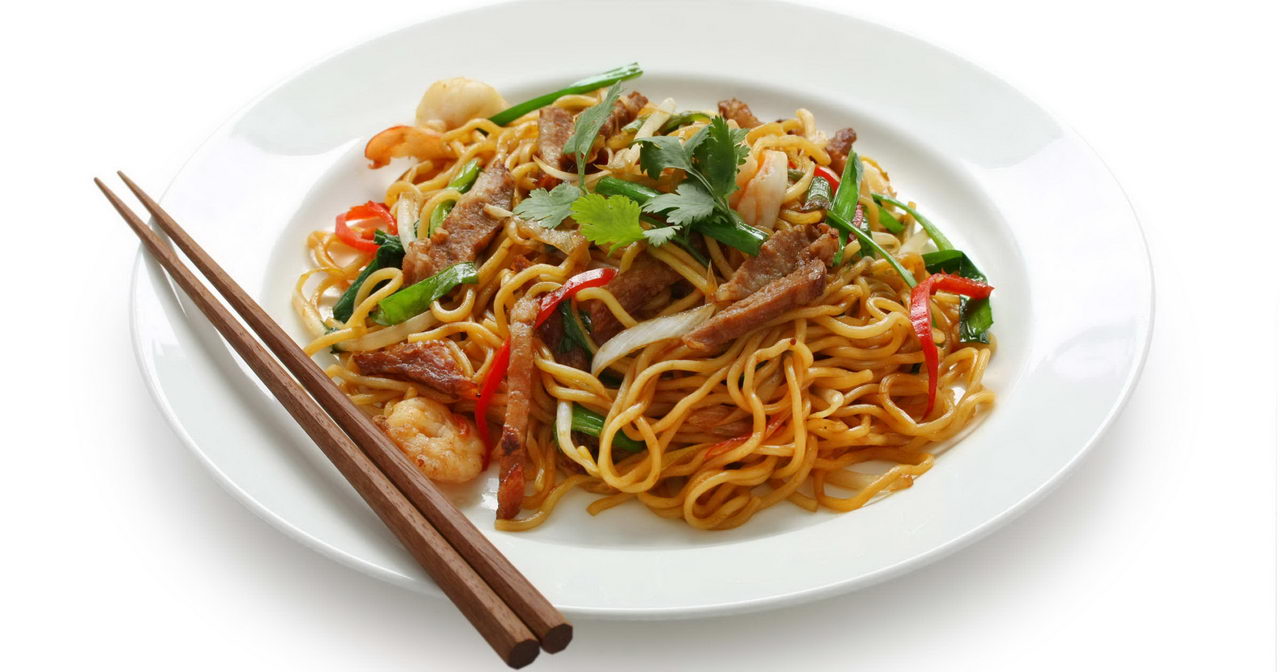
What does China bring in mind?
Victoria Harbor
A major tourist attraction in Hong Kong and one of the deepest container ports in the world; the bay offers stunning views of the skyscrapers of Hong Kong island on one side, and the Tsim Sha Tsui shoreline on the other. Victoria Harbor is one of the busiest harbors in the world with hundreds of ferries, junks and speed boats darting up and down the shore. One of the best ways to see the harbor is a trip on the Star Ferry.
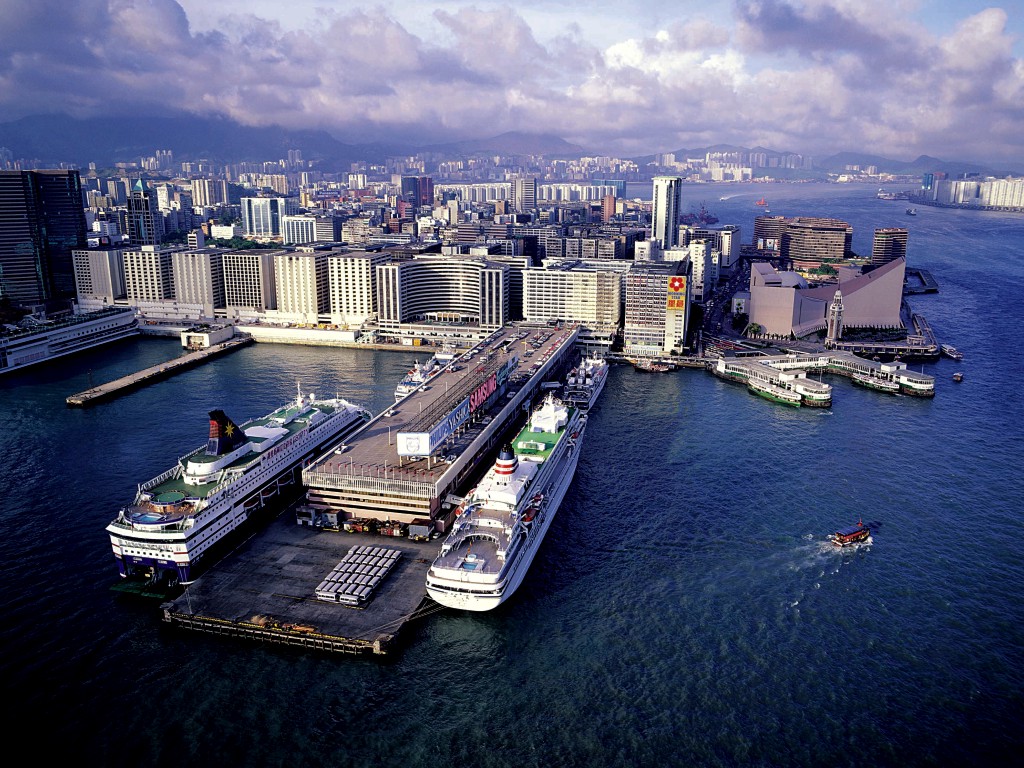
|
The Great Wall of China Built, rebuilt, and maintained between the 5th century BC and the 16th century to protect the northern borders of the Chinese Empire from the attacks of nomadic tribes from the north. The majority of the existing wall was built during the Ming Dynasty. The condition of the Great Wall of China ranges from excellent to ruined. The most popular area of the Great Wall is at Bādálǐng. Also renovated but less touristy are Sīmǎtái and Jīnshānlǐng. |
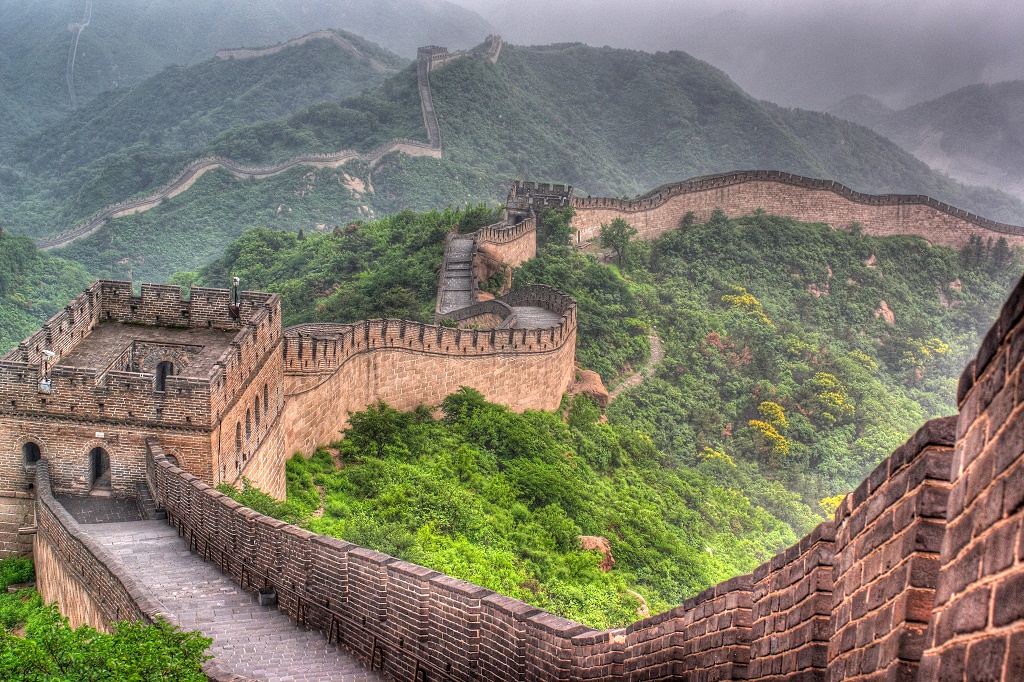 |
Pudong Skyline
Pudong is a district in Shanghai on the eastern side of the Huangpu River that has emerged as China’s financial and commercial hub. A skyline of gleaming skyscrapers rises out of what was mere farmland only 20 years ago.
Skyscrapers include the symbolic Oriental Pearl Tower, the Shanghai World Financial Center, the Jin Mao Building and the Shanghai Tower.

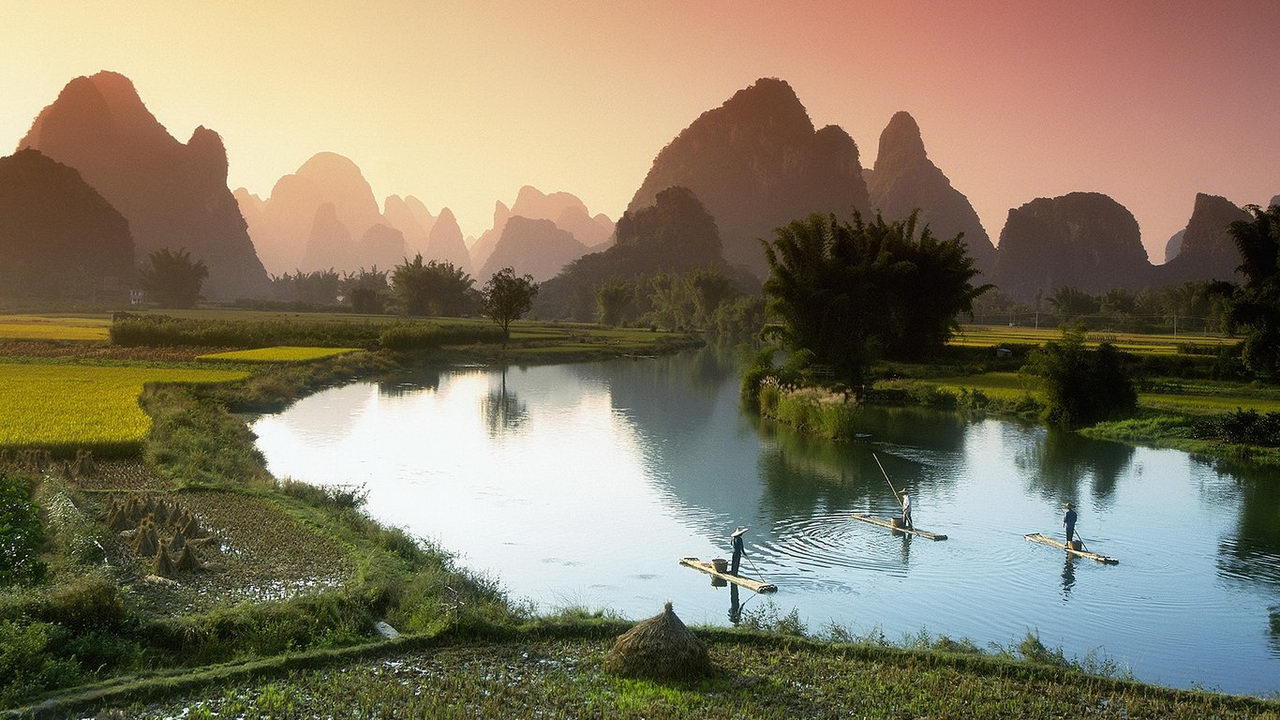 |
Li River Cruise A Li River cruise from Guilin to Yangshuo is the highlight of any trip to northeastern Guangxi Province. The landscape is decorated with amazing hills, steep cliffs, incredible caves and farming villages, and is lined with bamboo groves. |
Forbidden City
Located in the center of Beijing, the Forbidden City is the world’s largest palace covering 72 hectares. Built from 1406 to 1420, the palace complex consists of 980 surviving buildings with 8707 rooms surrounded by a ten meter high wall. Twenty-four emperors reigned over the country for almost 5 centuries from the Forbidden City until the abdication of Puyi, the last Emperor of China. Today the Forbidden City is a museum and one of the most popular tourist attractions in China.
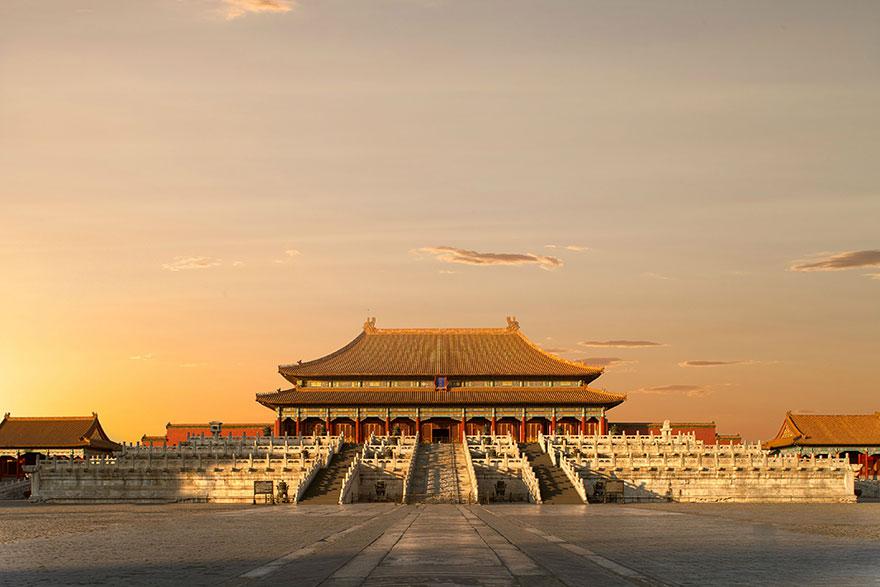
|
Mogao Caves The Mogao Caves form a system of 492 temples 25 km southeast of the center of Dunhuang, an oasis strategically located at a crossroads on the Silk Road. The caves contain some of the finest examples of Buddhist art spanning a period of about 1000 years. Construction of the Buddhist cave shrines began as places to store scriptures and art. Along with the Longmen Grottoes and Yungang Grottoes, the Mogao Caves are one of the three most famous ancient rock- cut temples in China. |
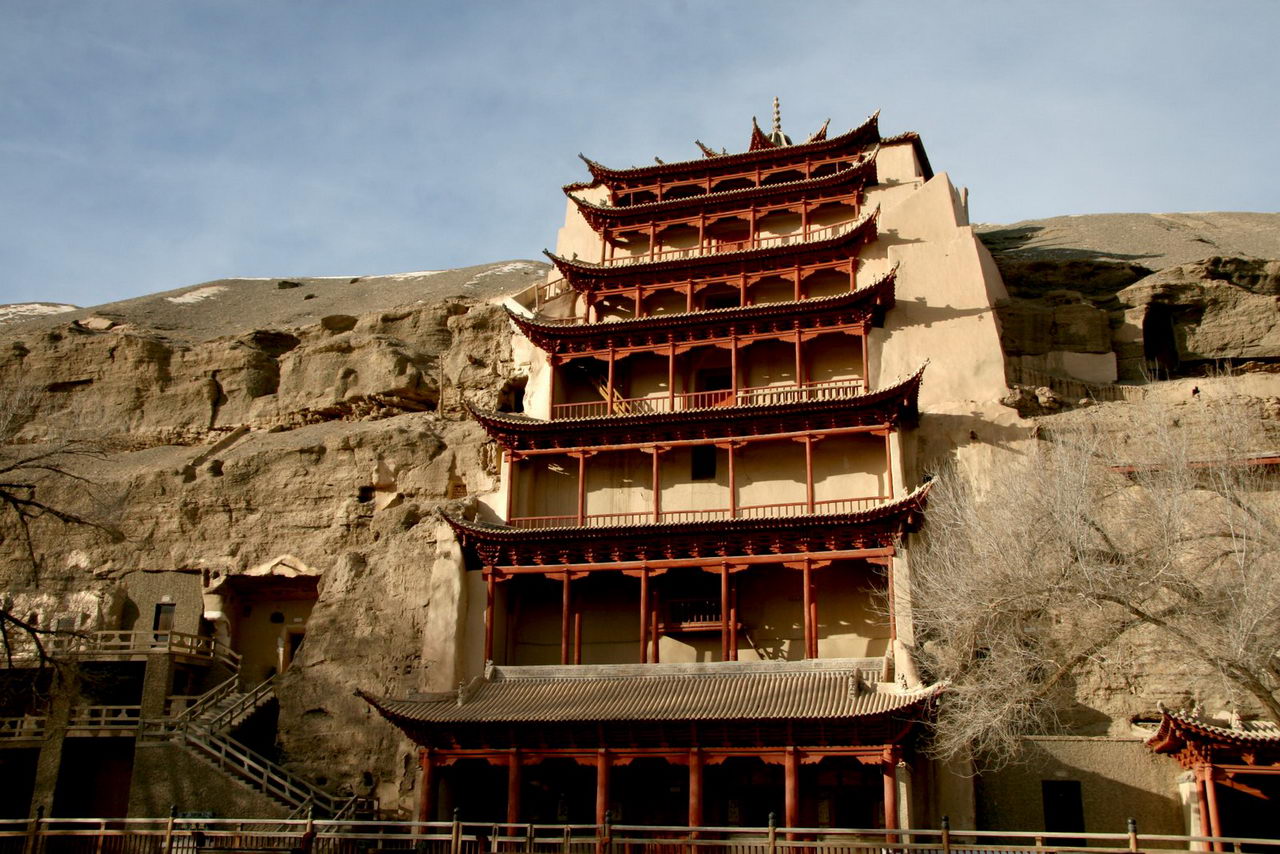 |
 |
Potala Palace Situated 130 meters above the Lhasa valley, the Potala Palace rises a further 170 meters and is the greatest monumental structure in all of Tibet. The construction of the present palace began in 1645 during the reign of the 5th Dalai Lama and by 1648 the Potrang Karpo, or White Palace, was completed. The Potrang Marpo, or Red Palace, was added between 1690 and 1694. The Potala Palace remained the residence of the Dalai Lama until the 14th Dalai Lama fled to India, after the Chinese invasion in 1959. |
Leshan Giant Buddha
A gigantic Buddha statue carved out of a cliff face in Sichuan, western China; it begun in the year 713 during the Tang Dynasty, the statue was not completed until the year 803, and was the effort of thousands of sculptors. The statue stands about 71 meters high and has 3 meter long fingers on each resting hand.
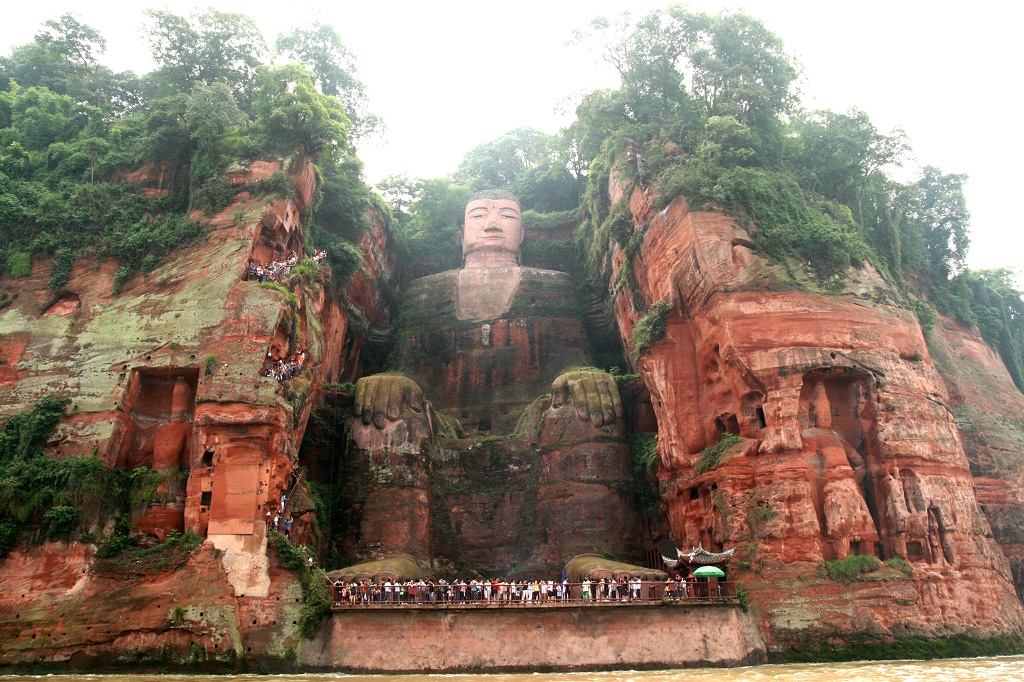
|
Mount Huang One of China’s major tourist destinations, Mount Huang is a mountain range in eastern China also known as Huangshan “Yellow Mountain”. The area is well known for its scenery, pine trees, peculiarly-shaped granite peaks and views of the clouds from above. There are cable cars that tourists can use to ride directly from the base to one of the summits. |
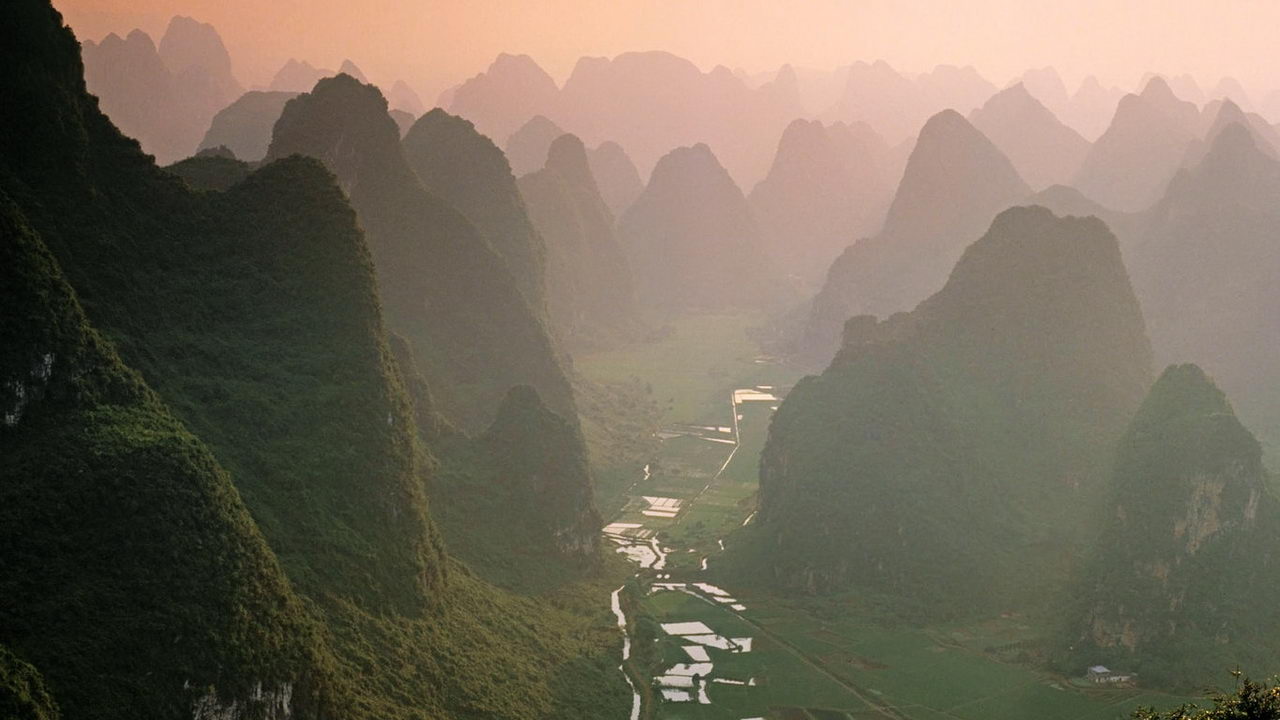 |
Terracotta Army
The Terracotta Army is a collection of terracotta sculptures depicting the armies of Qin Shi Huang, the first Emperor of China. It is the most popular tourist attraction in Xián and one of the most popular in all of China. It is estimated that in the three pits containing the Terracotta Army there were over 8000 soldiers, 130 chariots with 520 horses and 150 cavalry horses, the majority of which are still buried in the pits.
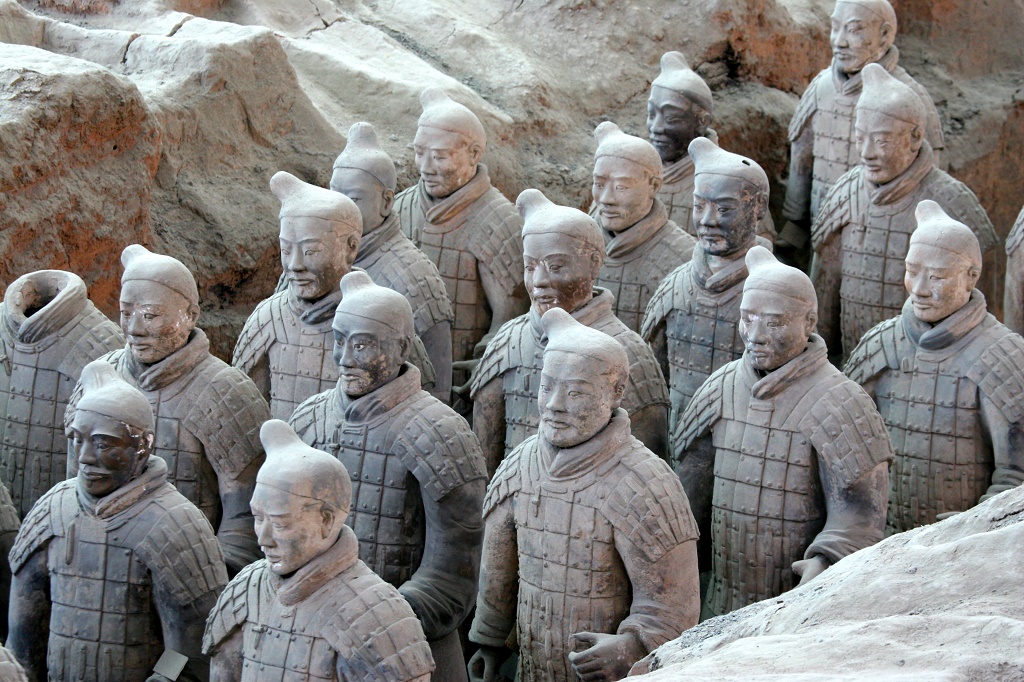
Things you shouldn’t miss in China!
-
Chinese Meridian Massage: Traditional Chinese Medicine (TCM) therapies, such as massage, acupuncture, cupping and herbal tonics, are very popular throughout China. Meridian massage designed to promote the flow of qi (vital energy) through the meridians and bring the body into harmony is available at local massage joints in most Chinese cities.
-
Beaching in China: It may come as a surprise, but China has some gorgeous tropical beaches. Sanya, on the southern coast of China's most southerly province, Hainan Island, is one of China's most popular holiday areas and has international resort hotels, fine sand beaches, golf courses, coconut palms and watersports.
-
Karst Mountains in Yangshuo: Illustrating the 20 Renminbi (Chinese currency) note, the Karst Mountains are famously beautiful in China. Located in the south of China in Guangxi province, they can best be viewed from Yangshuo, a small town outside Guilin, a major city in Guangxi Province.
-
Hangzhou China's "Paradise on Earth": Hangzhou is a lovely city centered around the famed West Lake. This green city is full of gardens, tranquil temples and pavilions and bustling historic streets to venture through.
-
Jiuzhaigou Valley: A nature reserve located in China's Sichuan province, a beautiful example of China's varied landscape; Jiuzhaigou is famous for crystal blue lakes and multi-level waterfalls. It is populated by a number of Tibetan villages, a superb place to see and experience Tibetan local culture.
-
Potala Palace
-
The Bund, Shanghai: The Bund, meaning embankment, was historically the seat of Shanghai's most powerful businessmen in the late 1800s and early 1900s. The Bund is a fabulous place to see examples of Shanghai's rich architectural history.
-
Giant Pandas and Chengdu: Heading out to Chengdu is a great way to get a taste of Sichuan as well as an in-depth understanding of Giant Pandas at the Breeding Research Base.
-
Modernity in Hong Kong
-
Enjoy Spring Festival: Enjoy festivities surrounding the Spring Festival, the Chinese calendar's most important date. Families get together to celebrate Chinese New Year, festooning homes with banners and pictures to bring good fortune. Festival activities often include temple fairs, lion dances and fireworks.
-
Cycling: Some 300 million Chinese use bicycles to get around. Hire shops are everywhere and cycling is one of the best ways to see China's countryside. Popular cycling routes include alongside sections of the Great Wall and Guilin and Yangshuo, in Guanxi province.
Top tourist destinations of China
Shanghai
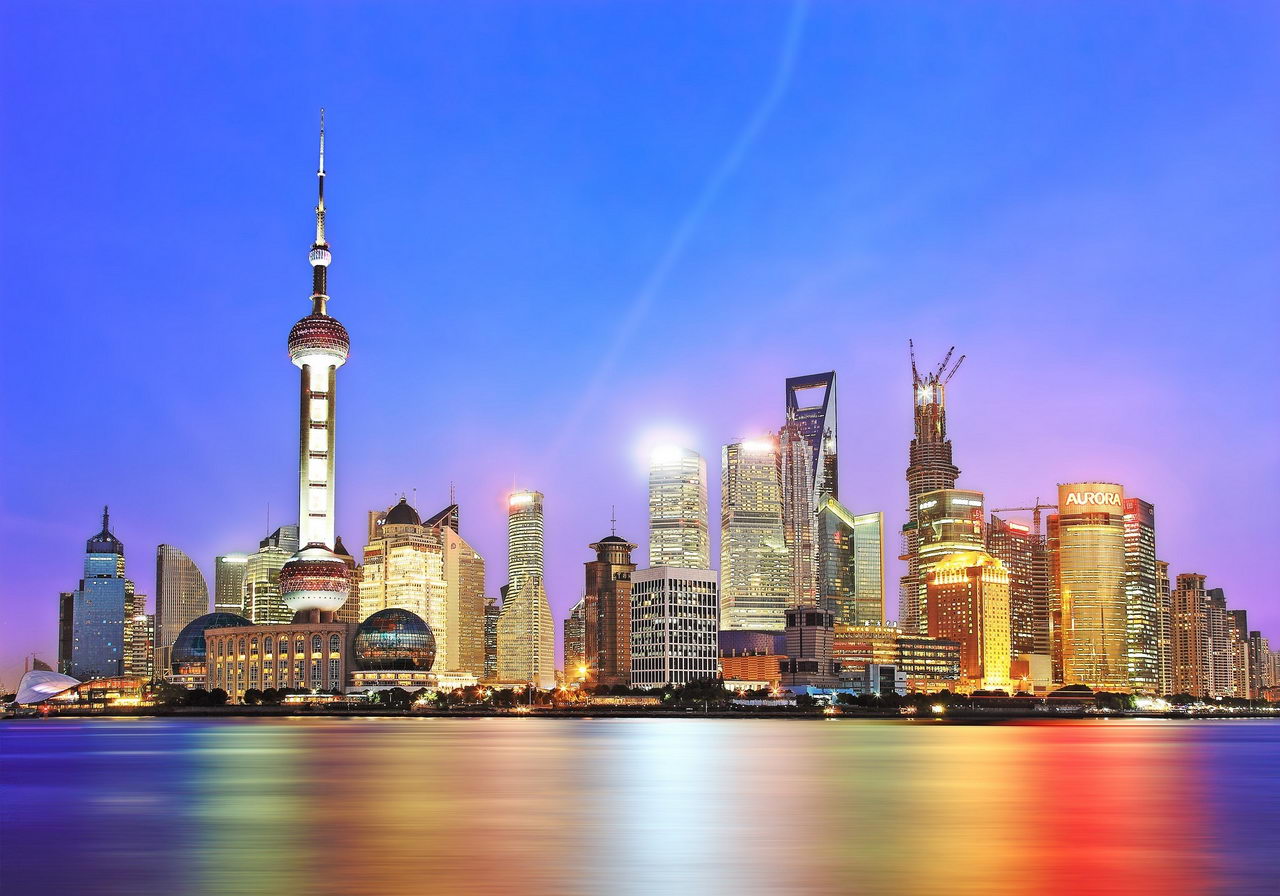
Shanghai is the undisputed largest and wealthiest city in China. With a name synonymous with world trade, Shanghai has the largest and busiest port in terms of containers and cargo tonnage, a grand business district, two large airports (Pudong and Hongqiao), the world's fastest train (the Maglev), and a network of elevated highways.
Beijing
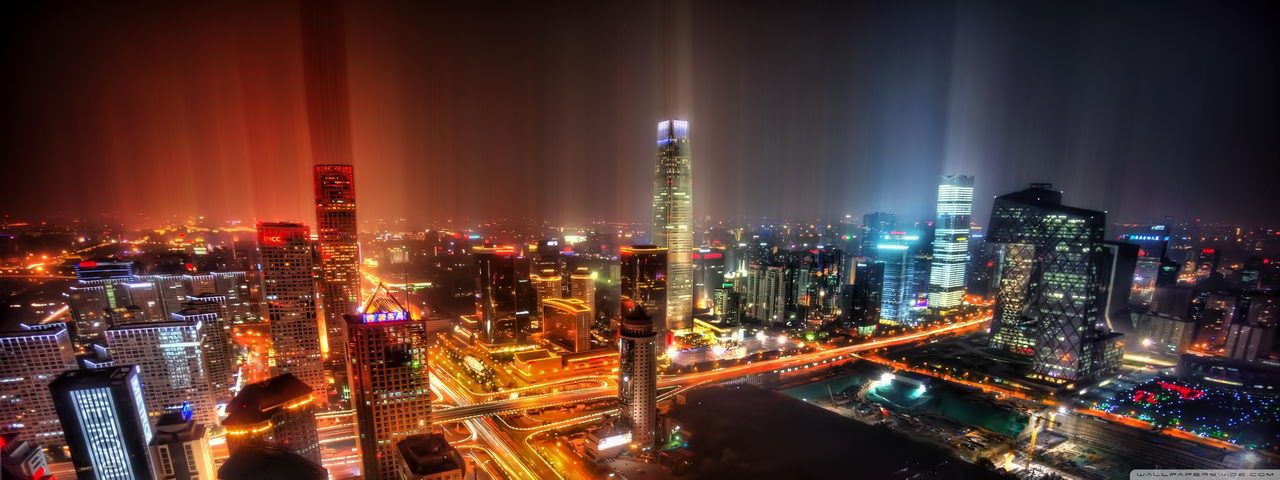
Beijing is large primarily because it is China's capital. It is a political, educational, and cultural center, with light industries (science, technology and research) dominating over mass manufacturing. Beijing has the world's largest airport, and an extensive, mostly new subway system, but ongoing traffic congestion issues. The ancient city still features strongly in the core of its 6-ringroad concentric layout.
Hong Kong

Hong Kong is another Asian Tiger economic powerhouse, which has a similar standard of living to large Western cities, despite its higher population density. It is the most developed of China's cities, with the highest living cost. Hong Kong's major industries are all tertiary (service) sector, including finance, communications, and foreign investments. It has the world's third largest container port, but unlike other Chinese ports its exports mainly come from other Chinese cities.
Guangzhou (Canton)
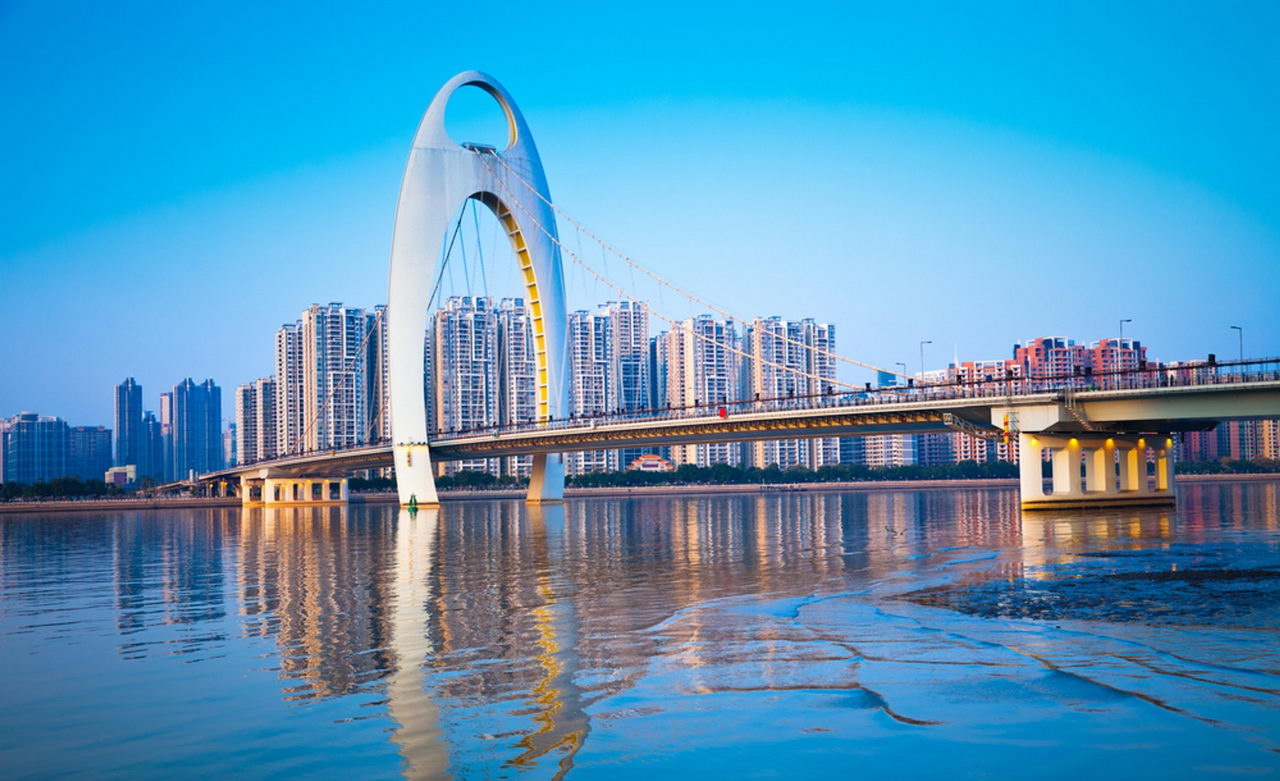
A mighty manufacturing base, drawing millions from the countryside to work in its factories; vast quantities of clothing, electronics, plastic goods, and toys are shipped from Guangzhou all over the world. A city that has sprung up recently with China's economic boom, it hosts the biannual China Import and Export Fair or Canton Fair.
Shenzhen
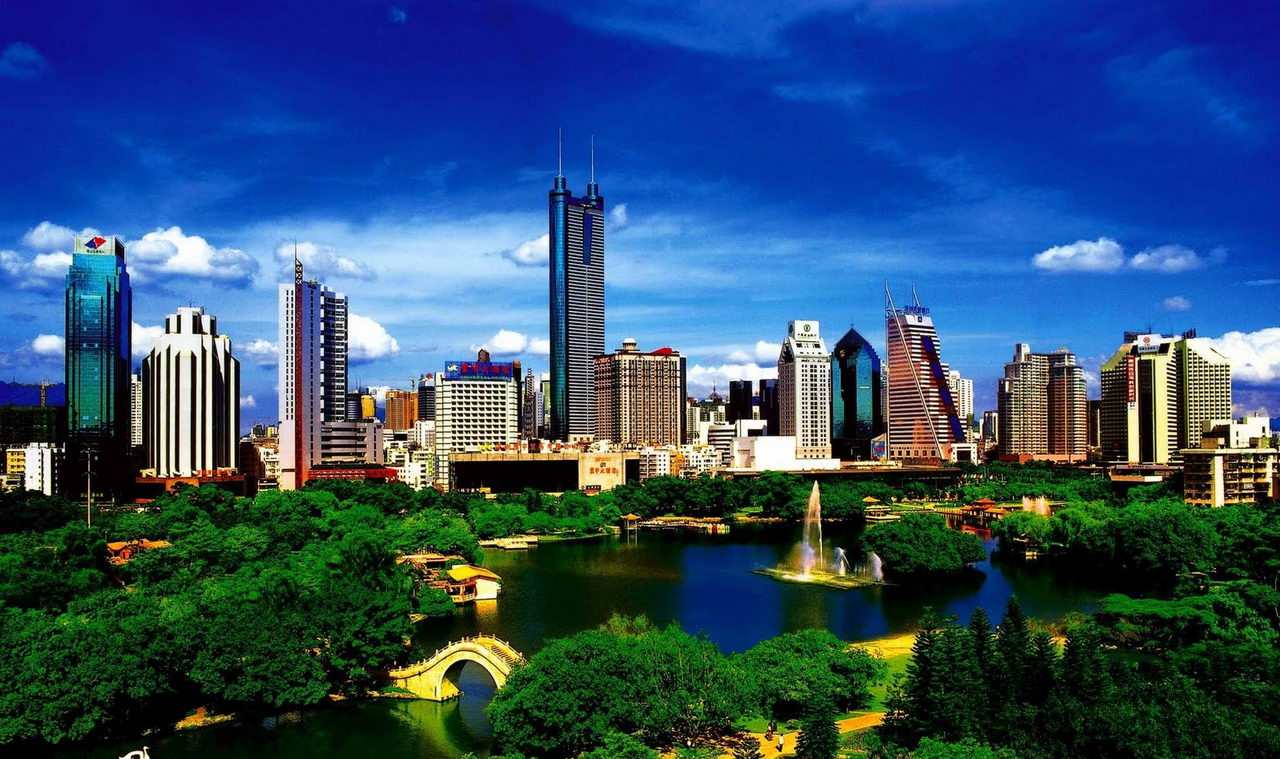
Located in between Guangzhou and Hong Kong, it is a huge manufacturing center that has sprung up overnight. Feeding off the success of its neighbors, it is ranked fourth in China for industrial output, manufacturing higher technology products than Guangzhou in general, and with several of its own successful sunrise companies.
Taipei
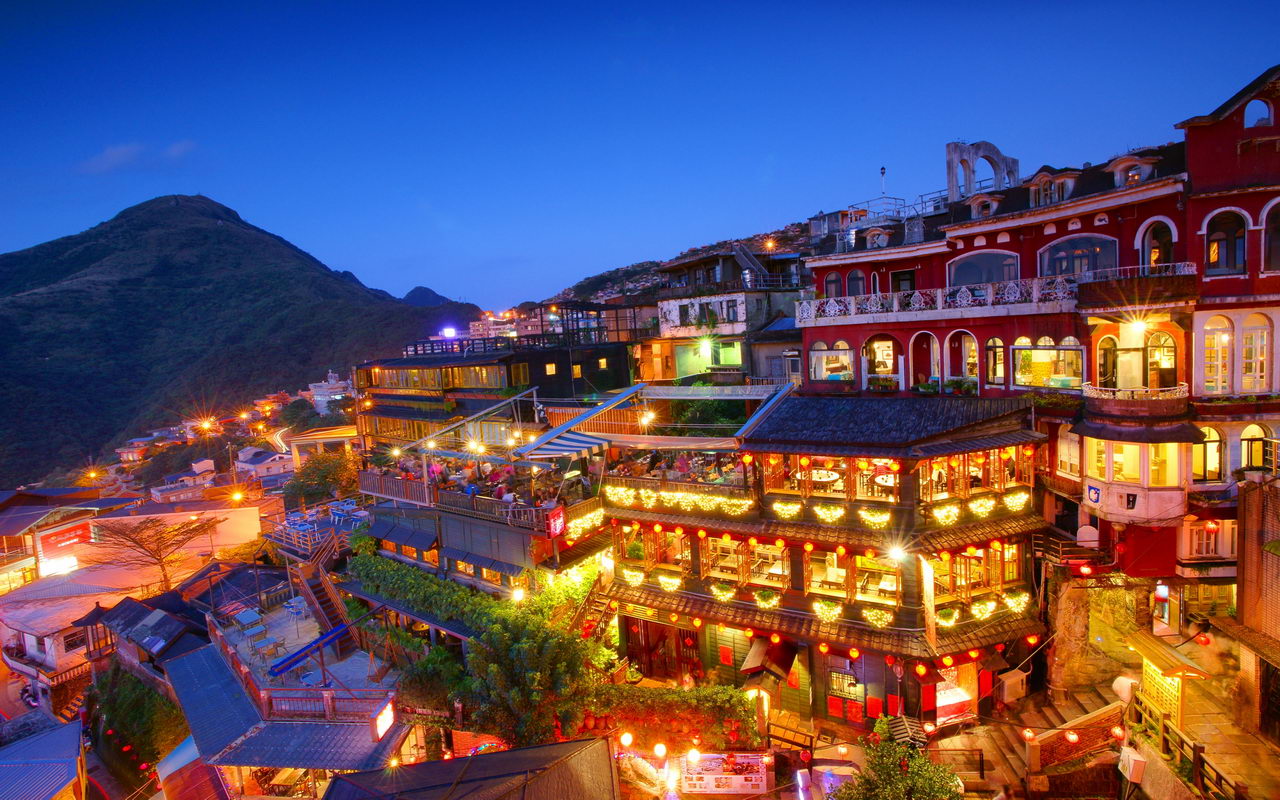
Less of a modern arrival on the world scene with its post-war rise to prosperity alongside other Asian Tiger economies, Taipei is considered a developed world city. Its major industries are textiles and electronics. Taipei is the capital of Taiwan, or the Republic of China, which, while not acknowledged as independent from the Mainland, enjoys almost complete autonomy.
Culture packages
Entering this website you automatically agree the following terms and conditions even if You are not a registered user of the site. Images shown on the website, country and travel specifications, as well as the webdesignes are subject to copyright protection, Elegant Enterprises are All rights reserved. Prohibited the website all or partial copy, store, use, distribution and sale, without the written consent of the copyright owner of this website (Elegant Enterprises)